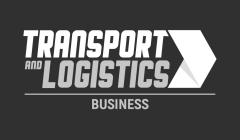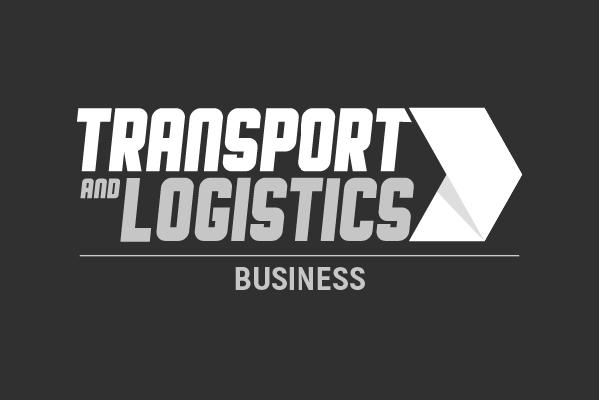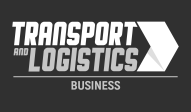A five point plan to control spending on fuel has been issued by FleetCheck as prices reach record levels in the wake of the Ukraine invasion. Peter Golding, managing director at the fleet software company, said that fleets should adopt some form of strategy because it appeared the conflict was unlikely to resolve quickly.
“The terrible situation in Ukraine is something that is playing on all of our minds and I think most people believe it could sadly persist for months or even years.
“While it is not a major issue compared to the loss of life we are seeing, it is clear that fuel costs are rising to record levels quickly and substantially, and are unlikely to normalise any time soon. This is currently adding substantially to fleet costs on an almost day-by-day basis.
“Our five point plan for fuel is designed to be easy to understand and implement, and should produce results quickly. While it is probably not possible to completely offset the impacts of fuel prices rises we are seeing, taking greater control over costs is very much achievable.
“The plan was actually created in response to the initial spikes in fuel prices that we saw in the Autumn caused by shortages – and so we know it works from the experiences of fleets that have adopted it – but it is even more pertinent today.”
Peter added that the plan had been written largely with petrol and diesel cars and vans in mind but its principles applied almost equally to the large numbers of electric vehicles being added to fleets.
“While fuelling EVs represents a fraction of the cost of an ICE vehicle, there will still be substantial percentage price increases in energy very soon – and working to minimise the effects of these rises is very much part of fleet management best practice.”
The five point plan is:
1.Encourage more economical driving. Ask employees to drive smoothly by accelerating and braking gently, taking maximum notice of what is happening on the road ahead. Change up early and, as always, stick to the speed limit or lower – drive at 70mph and you’ll use up to 9% more fuel than at 60mph and up to 15% more than at 50mph, according to the AA.
2.Explain to drivers how to prepare their vehicles. Some simple steps can have a positive impact on fuel consumption. Remove roofracks or other heavy items from vehicles that don’t need to be carried. Only use power-hungry devices such as air conditioning and rear window demisting when needed. Tyre pressures should checked as they can have a significant effect. Also, don’t leave the vehicle running before use.
3.Measure your fuel use. A large number of fleets simply don’t know how much fuel they use overall, per driver or per vehicle. The easiest way to put a monitoring system in place is to buy all petrol and diesel through specialist fuel cards. You can then access the data collected as software-generated reports.
4.Analyse your fuel data. Fleet software provides the means to analyse the information you have gathered – enabling you to identify drivers and vehicles that are not achieving the kind of fuel consumption that you expect.
5.Don’t be afraid to challenge employees. The single largest factor affecting fuel economy in the real world is driver behaviour. A disparity in fuel economy of more than 30% is not unusual between drivers in identical vehicles on similar routes. Let drivers know that they are being monitored, especially if you are using telematics, and talk to those who seem to be using excess fuel, offering help and advice.














